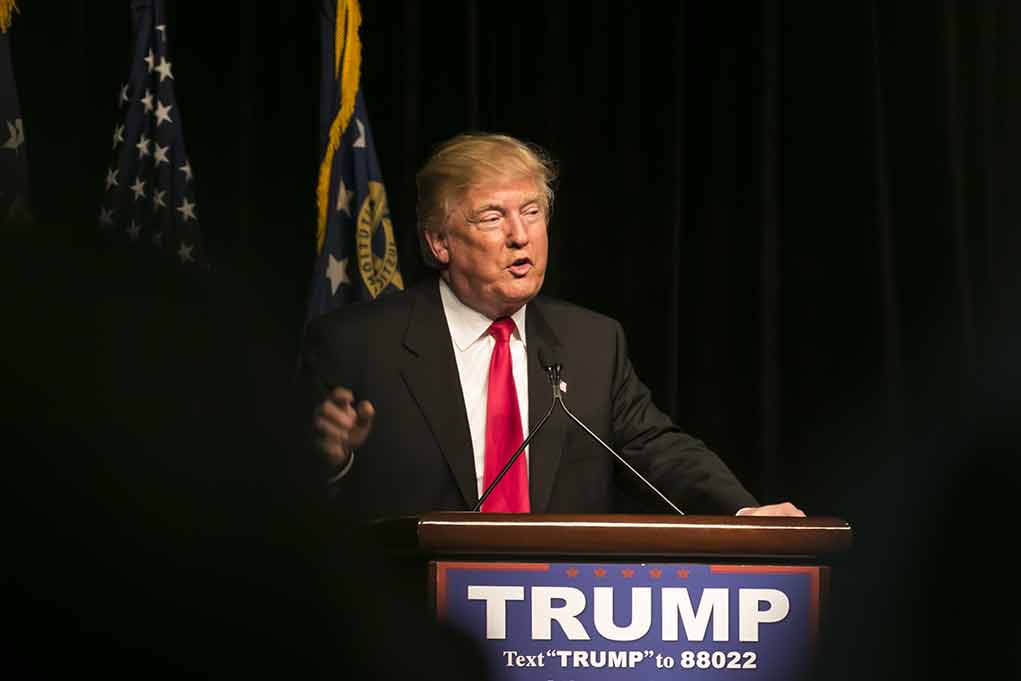
President Donald Trump has signed an executive order expanding White House control over independent federal agencies, igniting questions about constitutional powers and government accountability.
Key Takeaways
- Trump’s executive order requires independent agencies to submit regulations for White House review
- The order affects major regulators like the SEC, FTC, and Federal Reserve (except for monetary policy)
- Some argue the move undermines agency independence and could shield corporations from scrutiny.
- Supporters say it restores constitutional governance and increases accountability.
- The order allows the President to fire heads of independent agencies.
Expanding Presidential Authority
President Donald Trump has signed a far-reaching executive order that significantly expands White House control over independent federal agencies. The order requires these agencies, which have traditionally operated with a degree of autonomy, to submit their regulations for review by the Office of Management and Budget (OMB). This move effectively brings agencies like the Securities and Exchange Commission (SEC), Federal Trade Commission (FTC), and even the Federal Reserve under increased presidential oversight.
The executive order emphasizes that Article II of the Constitution vests all executive power in the President, making all executive branch officials and employees subject to his supervision. This interpretation of constitutional authority forms the basis for the administration’s actions to centralize control over independent agencies.
Support and Criticism
Supporters of the move argue that it restores proper constitutional governance and increases accountability within the federal government. They contend that independent agencies have operated without sufficient oversight, sometimes issuing costly rules and spending tax dollars with limited accountability to elected officials.
Critics, however, warn that the order could undermine the independence of these agencies, which was designed to insulate them from political pressure. Robert Weissman, co-president of the consumer advocacy group Public Citizen, argued that this move might shield major corporations from scrutiny and potentially compromise the agencies’ ability to act in the public interest without fear of political repercussions.
Read the full article here: https://t.co/Ksejc0cpuJ
— The Epoch Times (@EpochTimes) February 19, 2025
Scope and Impact
The executive order’s reach is extensive, affecting a wide range of independent agencies including the Federal Communications Commission (FCC), Federal Energy Regulatory Commission (FERC), National Transportation Safety Board (NTSB), National Labor Relations Board (NLRB), and others. While the Federal Reserve is included, its monetary policy functions are specifically exempted from the order.
One of the most significant aspects of the order is that it allows the President to fire the heads of these agencies, potentially giving the executive branch unprecedented control over their operations and decision-making processes.
Constitutional Debate
At the heart of this executive order lies a fundamental debate about the interpretation of executive power under the Constitution. The Trump administration argues that the order aligns with the Founders’ intent, citing Article II of the Constitution which vests “the executive Power” in the President and charges him to “take Care that the Laws be faithfully executed.”
Some experts have reportedly argued that the move challenges typical interpretations of the Constitution. The debate is likely to continue, with potential legal challenges making their way through the courts in the coming months.
As this executive order takes effect, its impact on the functioning of independent agencies and their ability to carry out their mandates will be closely watched by lawmakers, industry leaders, and the public alike. The ultimate resolution of this issue may have far-reaching consequences for the structure of the federal government and the exercise of executive power for years to come.
Sources
- Trump signs order to expand White House control of independent agencies
- Fact Sheet: President Donald J. Trump Reins in Independent Agencies to Restore a Government that Answers to the American People
- Trump signs order making independent regulators answerable to White House
- Trump Signs Executive Order to Enable OMB Oversight of Independent Agencies












